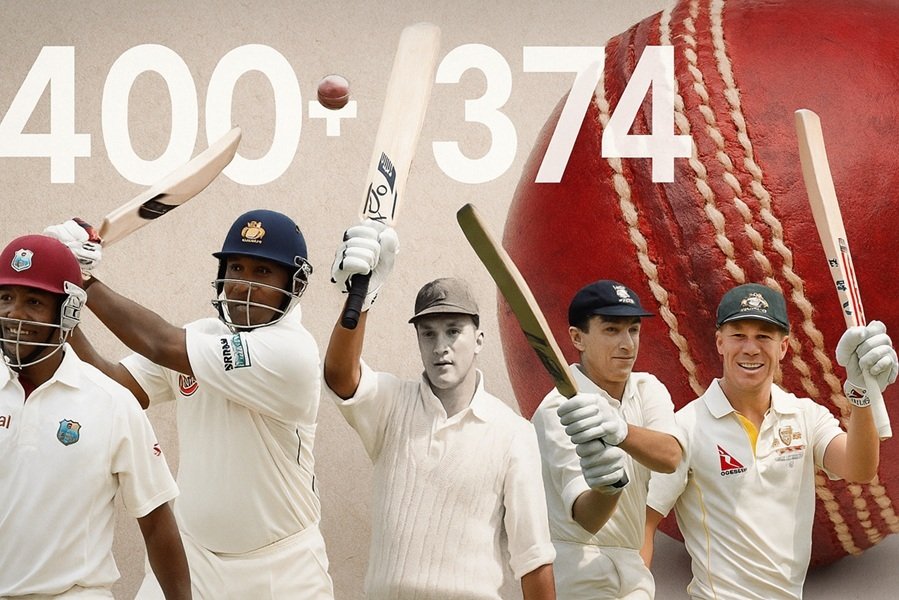
Cricket, a game of glorious uncertainties, is filled with unique terminologies that reflect its rich history and nuanced gameplay. Among these, one of the most intriguing and somewhat embarrassing terms is the “diamond duck.” While many fans are familiar with the infamous “duck,” few truly understand the various types of ducks in cricket — especially the diamond duck. In this article, we’ll explore what a diamond duck is, how it differs from other types of dismissals, its origins, notable instances, and its impact on players.
Definition: What is a Diamond Duck?
A diamond duck occurs when a batter is dismissed without facing a single legal delivery in their innings.
This typically happens under the following circumstances:
- The batter is run out before facing a ball.
- Occasionally, it can occur through other dismissals (like stumping or obstruction), but run out without facing is the most common.
In simple terms:
A diamond duck = Out for zero runs + faced 0 balls.
This is rarer than a golden duck (out on the first ball faced) and is often seen as one of the most unfortunate dismissals in cricket.
Origin of the Term “Diamond Duck”
Cricket’s colorful terminology has evolved over centuries. The term “duck” comes from the shape of the number “0,” which resembles a duck’s egg. Over time, variations were introduced:
- Golden Duck – out on the first ball faced.
- Silver Duck – out on the second ball faced.
- Bronze Duck – out on the third ball faced.
- Diamond Duck – out without facing any legal delivery.
The “diamond” in diamond duck represents the highest rarity and value, ironically attached to one of the most ignominious dismissals. It emphasizes just how unfortunate and uncommon the incident is.
How Does a Diamond Duck Happen?
Here are typical scenarios where a diamond duck can occur:
1. Run Out at the Non-Striker’s End
- A new batter arrives.
- The striker hits the ball and calls for a quick run.
- The non-striker is slow or misjudges and is run out before facing a ball.
2. Stranded at the Striker’s End
- A mix-up while running between the wickets.
- The incoming batter (non-striker or striker) gets caught in a miscommunication and is run out.
3. Obstructing the Field or Hit Wicket (Before Facing)
- Extremely rare.
- A batter is dismissed by obstructing or accidentally hitting the stumps before facing a delivery.
4. Timed Out (in Test Matches or Other Formats)
- A batter fails to reach the crease within the time limit.
- Though not technically a diamond duck, some count it similarly as the batter didn’t face a ball.
Famous Instances of Diamond Ducks in Cricket
Here are some notable diamond duck dismissals from international cricket:
✅ In T20 Internationals
- Rohit Sharma (India) was once dismissed via run-out without facing a ball against Bangladesh.
- In fast-paced T20 games, mix-ups and pressure situations often result in such dismissals.
✅ In ODIs
- Eoin Morgan (England) had a diamond duck during his early career.
- AB de Villiers and MS Dhoni too have had close calls with this kind of dismissal.
✅ In Test Matches
- Rare but not impossible.
- Batters have been run out after being sent in as night-watchmen in tricky conditions.
Psychological Impact of a Diamond Duck
Being dismissed for a duck is tough enough, but a diamond duck can be particularly crushing:
- No chance to defend yourself with the bat.
- Team pressure as it often results from poor communication.
- Statistical blow – records show 0(0), which is both shameful and hard to digest.
Players often feel helpless and embarrassed, especially in front of large crowds or during high-stakes matches.
Diamond Duck vs Other Ducks: A Quick Comparison
| Type of Duck | Description | Example Scenario |
|---|---|---|
| Duck | Out for 0 | Dismissed at any point on 0 |
| Golden Duck | Out on the first ball faced | Bowled on first delivery |
| Silver Duck | Out on the second ball | Played and missed first, out next |
| Bronze Duck | Out on the third ball | Lasted three balls |
| Diamond Duck | Out without facing a legal ball | Run out before facing any delivery |
| Platinum Duck | Some say it’s out on the first ball of innings | Opening batter dismissed on ball 1 |
Fun Fact: Duck Terminology Varies by Region
In Australia and England, cricket fans and commentators may have different interpretations of ducks. Some even jokingly add “Titanium Duck” or “Royal Duck” in jest or commentary to dramatize the moment.
Strategies to Avoid a Diamond Duck
While luck plays a role, players can take preventive measures:
- Clear communication between batting partners.
- Quick judgment when running between wickets.
- Situational awareness – know the game pressure.
- Proper warm-up – mentally and physically ready to face the next ball.
Are Diamond Ducks Counted in Stats?
Yes. A diamond duck is:
- Counted as a “duck” in overall statistics.
- Ball faced = 0 in batting averages.
- Considered more unfortunate than a golden duck due to lack of opportunity.
Suggestions
- Who Was the First Indian Cricketer to Hit Six Sixes in an Over?
- What Is Used for a Toss in the Australian Cricket League?
Conclusion
The diamond duck is one of the most bizarre and unlucky ways to get out in cricket. Unlike a golden duck where at least a delivery is faced, a diamond duck strips a batter of any opportunity to prove their skill. Whether due to miscommunication or misfortune, it remains a moment players hope never to experience — but fans certainly remember.







